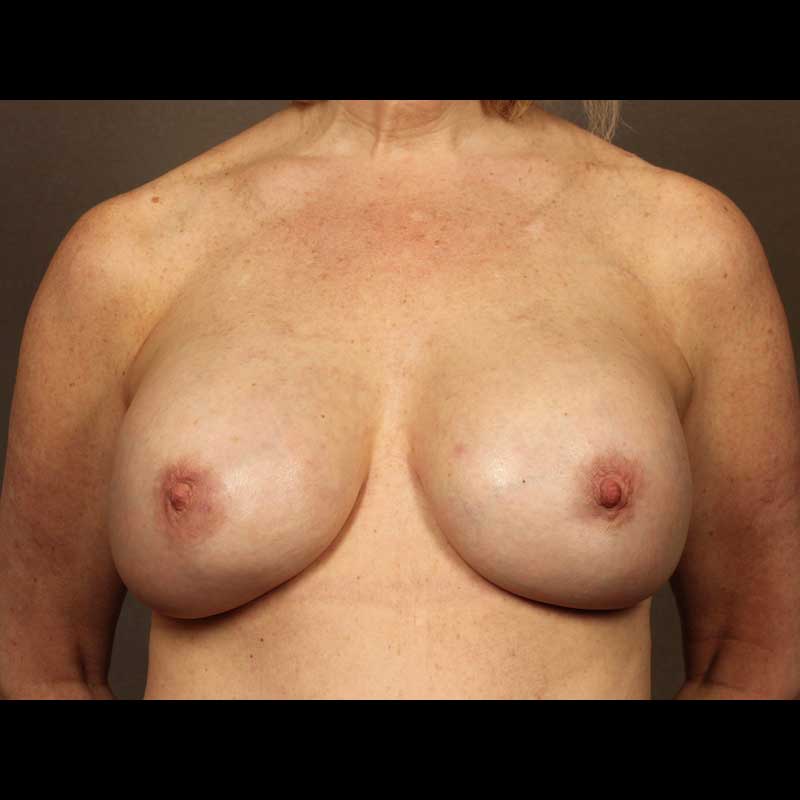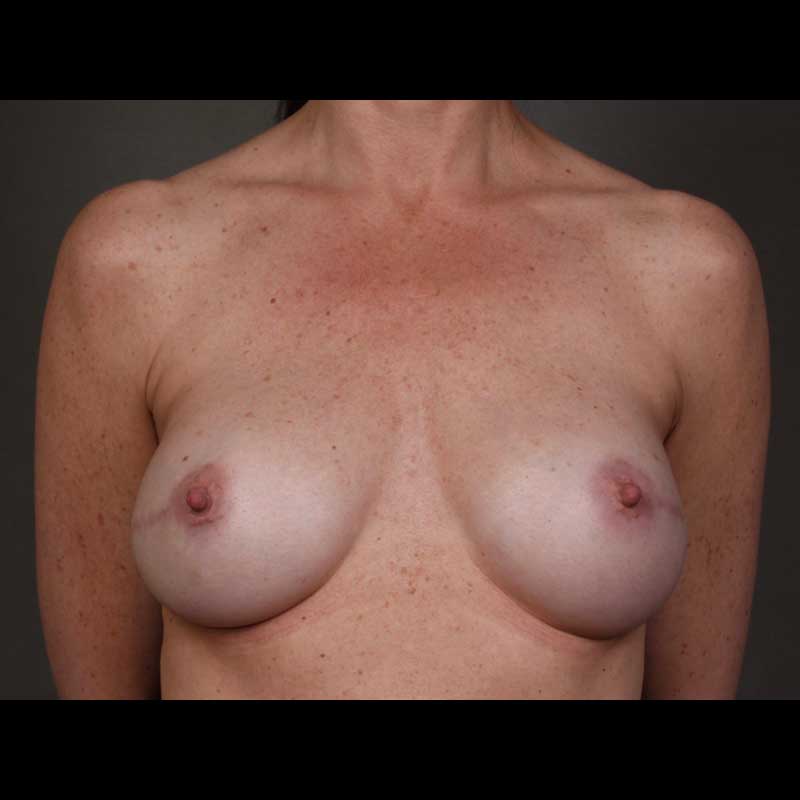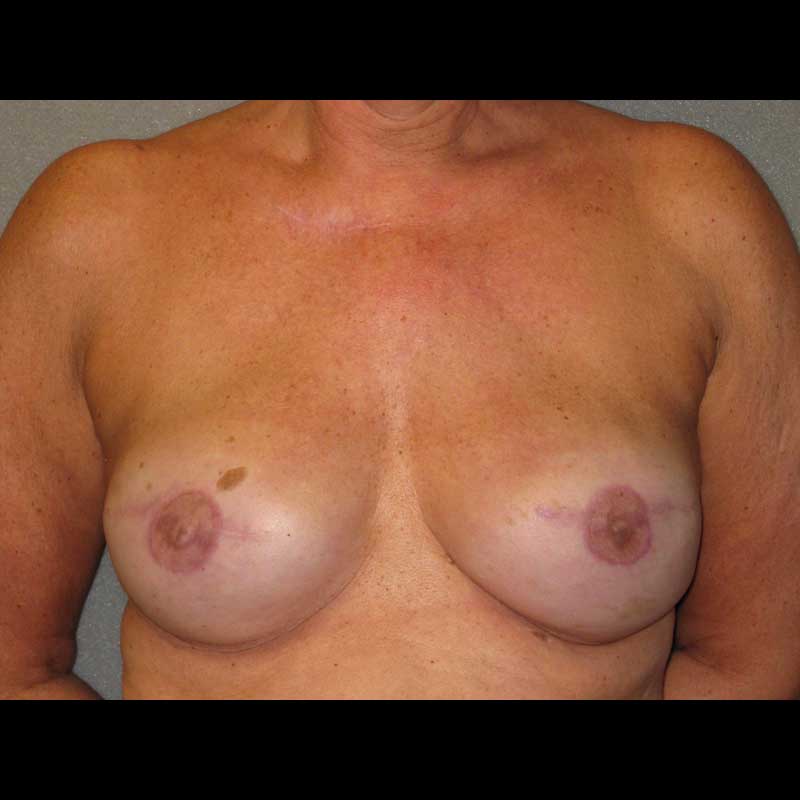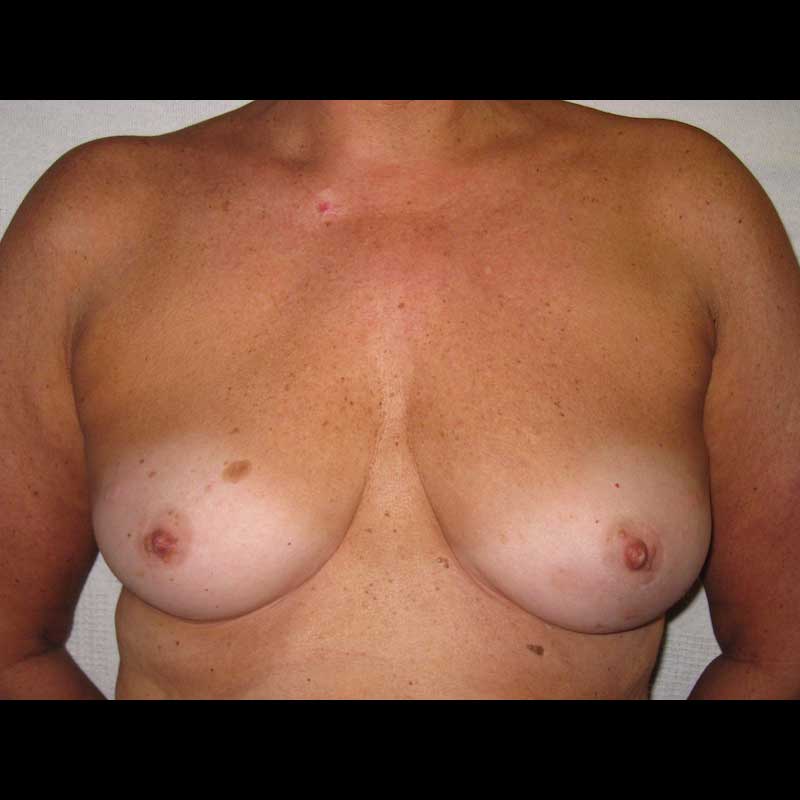Summary
The lymphatic system transports excess fluid in tissue back into blood vessels, helping your immune system fight infections. Lymph node removal during sentinel lymph node biopsies or axillary lymph node dissections can compromise the system’s drainage and immune functions. This can cause the arms and hands to become swollen and potentially more susceptible to infection. The goal of lymphatic surgery is to improve drainage and reduce the size of a swollen arm. In some cases, this procedure may also improve immune function.
Types of procedures
- Lymphovenous Bypass: To correct lymphedema, superficial lymphatic channels under the skin are connected to very small veins under the skin, allowing blocked lymphatic fluid to drain into the venous system. This may also be done at the time of axillary dissection to potentially prevent lymphedema.
- Vascularized Lymph Node Transfers (also known as Autologous Lymph Node Transfers): Lymph nodes from an unaffected part of the body are transferred to the extremity with lymphedema.
Procedure details
Lymphovenous Bypass
- Lymphatic channels under the skin are mapped with contrast dye injected under the skin
- If this is done at the time of axillary dissection, the lymphatic channels are then connected to small veins in the axilla thereby preventing lymphedema from developing
- If this is done to correct lymphedema, small incisions are made in the skin of the arm to allow identification of the lymphatic channel and nearby small veins
- A microscope and microsurgical instruments are used to suture the lymphatic channels to the small veins
Vascularized Lymph Node Transfer
- A recipient site along the arm with lymphedema is identified
- The site may be in the axilla where the lymph nodes were removed, or may be further down the arm
- The lymph nodes to be transferred are selected and prepared. Common sites to harvest lymph nodes include the base of the neck or the groin
- The transferred lymph nodes are moved along with an artery and vein that will keep the lymph nodes alive
- The lymph node transfer is completed using a microscope and microsurgical instruments in order to connect the blood vessels in the lymph nodes to blood vessels in the arm
Risks & Benefits
Recovery from lymphatic surgery depends on which procedure you have. Lymphovenous bypass has a relatively short recovery period of only a few days. Vascularized lymph node transfers are more involved and may require a longer recovery.
Risks include infection and possible worsening of the swelling in the arm. Patients who have vascularized lymph node transfers may develop lymphedema at the site where the lymph nodes are harvested.
The goal for any of these procedures is to reduce the swelling in the affected arm. Patients that have success with lymphatic surgery may be able to reduce or eliminate the use of compression garments and may see improved immune function.
Frequently Asked Questions
Will you be able to cure my lymphedema?
Complete reversal of lymphedema is not always achieved, but that does not mean the procedure was a failure. A realistic goal for lymphatic surgery is to reduce the edema or swelling in the affected arm. Even stopping the progression of the edema or reducing the need for compression garments can improve quality of life.
How do I know if I am a candidate for lymphatic surgery?
The first step in the process is to have a consultation. Our team will assess your response to non-surgical lymphedema therapy and take into account your medical history, progression of lymphedema, current stage, and history of infection. Imaging may be performed to assess the degree of lymphedema and whether any lymphatic channels are still functioning. We can then help you determine if you will benefit from lymphedema surgery. We can also advise you on procedure would be best for you.





